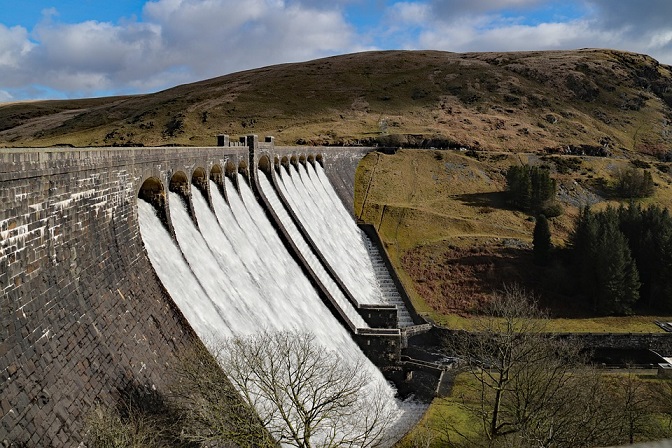There has been a lot of controversy regarding the water supply and the sustainability of current and future resources in South Africa. It is considered one of the biggest topics surrounding the future of this African country.
The country is situated in a semi-arid region which means the country accounts for a maximum of 450mm of rainfall annually. This is below average when compared to most of the rest of the world who has an average rainfall of 860 mm a year. This means South Africa has less than half the rainfall than most countries globally.
It also means that South Africa is experiencing a water crisis that is far bigger than the Western Cape’s water crisis alone. It’s safe to say South Africa is considered and labelled as “water short” and is moving quite vastly towards “water stressed”.
If you think about the rivers abroad that provide some countries with the most water and sometimes even a few different countries, such as the Ganges, Nile, Rhine, Congo and Mekong, South Africa doesn’t have such water resources. It is also mostly surrounded by the ocean.
Water requirements in South Africa
Water required in the country is linked to either the population, economic activity, the high demand for agriculture, as well as the influences of climate. The population of the country accounts for a massive percentage of water usage and is considered the biggest use of water in South Africa. Due to the increasing growth of the country, a lot of its water is needed for its economic growth purposes. This has also been the case for Cape Town because of its status around the world. Cape Town wants to constantly evolve and hence the water restrictions, the city is left with a lot less opportunity for development.
There are various sectors that have also been influenced by the shortage of water in the whole of South Africa and if not looked after, will be the case for many years to come.
Get gym water cooler or rent water cooler from Living-Water in London.






